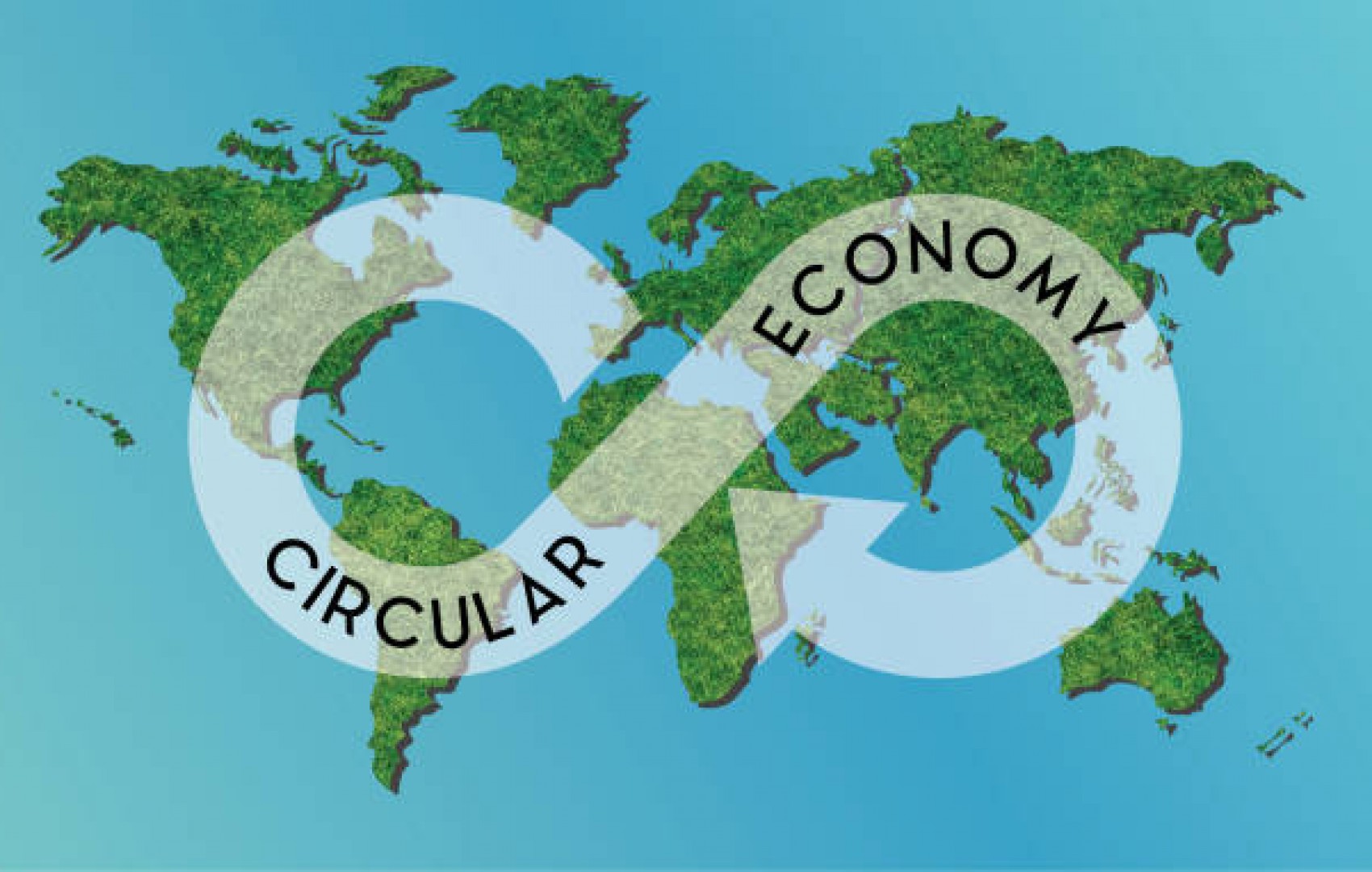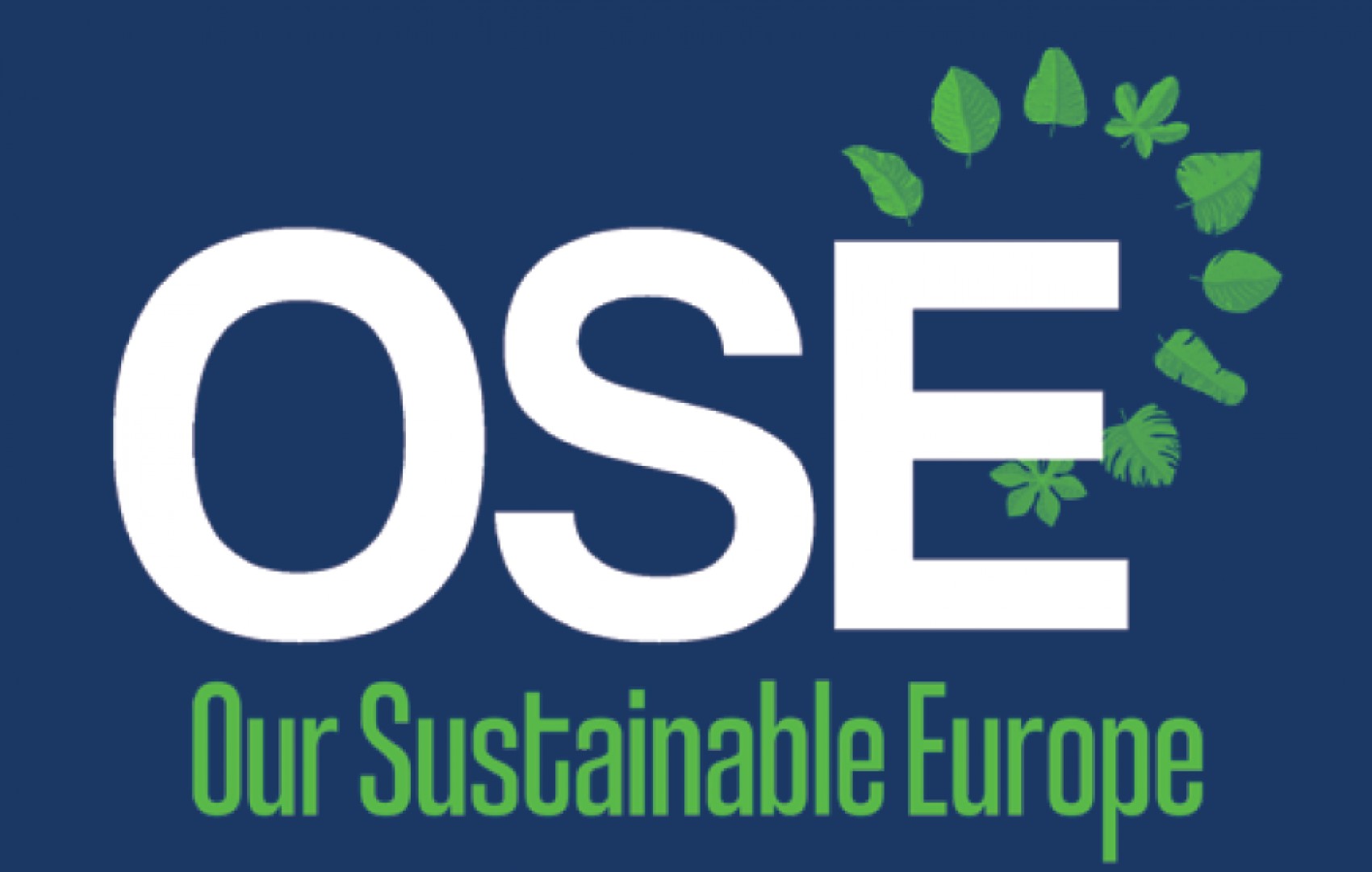Sustainability is a broad term that can be defined as the existence of human civilization in equilibrium with the environment. There are three pillars of sustainability: economy, society and environment, where economy and society are limited by environmental constraints. The term sustainability is interchanged often with sustainable development. Yet, the difference is that sustainable development is a holistic approach pushing the economy and businesses towards sustainability.
There are various fields that the term sustainability applies, such as agriculture, transportation, energy, and technology. Current global economic system does not consider this balance and global exploitation of resources is at a level that the earth cannot sustain or regenerate. This means that economic development should aim to maintain the natural balance of resources and species of fauna and flora found in the environment, to provide future generations a habitable planet.
Due to overexploitation of natural resources, environmental degradation of ecosystems, climate change, land use change, deforestation, mismanagement of waste, overconsumption, and chemical pesticide and fertiliser usage lead to irreversible damage to the environment and climate change effects that pose serious risk to current and future human lives and fauna and flora of the environment. Therefore, action must be urgent to curb the environmental damage that was done and to avoid disasters linked to climate change in the future (Pathak, Kumar Singh et al. 2018). The European Green Deal approved by the EU commission in 2019 addresses various issues and solutions in which policymakers can help mitigate global carbon emissions by developing a carbon-neutral bio-circular economy in Europe.
Recently, the emergence of a Coronavirus pandemic that the world is facing is one of the consequences of deforestation(Jones, Grace et al. 2013; Arora and Mishra 2020). Moreover, a study published by Amy Vittor showed a direct link between Malaria and areas that lost trees near the Peruvian amazon (Vittor, Pan et al. 2009). Another study showed that a decrease in forest land by 10% lead to a 3% increase in malaria cases between 2003 and 2015 (MacDonald and Mordecai 2019).
Losses in biodiversity of microorganisms, flora and fauna is another consequence of deforestation and intensive agriculture. Although conventional agriculture provides food security to a large population of the world, current agricultural practices pose a real threat to human lives and the environment. A solution to preserve biodiversity and ecosystems is integrated pest management (IPM). IPM provides a more holistic approach to agriculture than conventional agriculture (Way and Van Emden 2000). And although this method is complex, the usage of cultural, biological and limited chemical control of pests provides a concrete solution to preserve biodiversity of microorganismsand soils in that area (Way and Van Emden 2000).
Another way in which food security can be maintained is by utilising local food markets and building an economy that revolves around bio-circular economy. Bio-circular economy is not only beneficial to agriculture but also to the transportation and energy industry. Through efficient waste management practices, organic waste can be a great source of energy for households and automobiles. Furthermore, the development of materials that are biodegradable helps in establishing a circular economy (Narancic, Cerrone et al. 2020).
Moreover, proper waste management is important to help reduce plastic pollution, and heavy metal drainage via landfills into soils and water bodies to avoid a situation currently observed in the “Great Pacific Garbage Patch”, with estimates of 79,000 tonnes of plastic in that area alone (Lebreton, Slat et al. 2018). Another study estimated that the total amount of plastics found in oceans globally accounts to 5.25 trillion particles of macro-microplastics with a weight of 269,000 tonnes that are floating in water (Eriksen, Lebreton et al. 2014).
Additionally, the energy sector must adapt towards a market that does not utilise coal or fossil fuels. This can be achieved by providing a mixture of modern renewable and nuclear energy solutions coupled with investments in research to develop novel thermal and electrical energy storage solutions to fully detach from fossil fuel dependence.
In conclusion, mitigation of climate change is crucial to avoid future environmental disasters and diseases that might infect humans and plants. Immediate worldwide action must be taken to help preserve the environment for future generations by achieving UN sustainable development goals set in 2015 and honouring the warnings laid down by scientists across the globe (Ripple, Wolf et al. 2020).
Mohammed Hindash
References :
ARORA, Naveen Kumar and MISHRA, Jitendra (2020): COVID-19 and importance of environmental sustainability. – Environmental Sustainability.
ERIKSEN, Marcus, LEBRETON, Laurent C.M. et al. (2014): Plastic Pollution in the World’s Oceans: More than 5 Trillion Plastic Pieces Weighing over 250,000 Tons Afloat at Sea. – PLoS ONE 9, 1–15.
JONES, Bryony A., GRACE, Delia et al. (2013): Zoonosis emergence linked to agricultural intensification and environmental change. – Proceedings of the National Academy of Sciences of the United States of America.
LEBRETON, L., SLAT, B. et al. (2018): Evidence that the Great Pacific Garbage Patch is rapidly accumulating plastic. – Scientific Reports 8, 1–15.
MACDONALD, Andrew J and MORDECAI, Erin A (2019): Amazon deforestation drives malaria transmission, and malaria burden reduces forest clearing: a retrospective study. – The Lancet Planetary Health.
NARANCIC, Tanja, CERRONE, Federico et al. (2020): Recent advances in bioplastics: Application and biodegradation. – Polymers 12.
PATHAK, Rakesh, KUMAR SINGH, Sunil et al. (2018): Impact of Climate Change on Host, Pathogen and Plant Disease Adaptation Regime: A Review. – Biosciences, Biotechnology Research Asia 15, 529–540. RIPPLE, William J., WOLF, Christopher et al. (2020): World Scientists’ Warning of a Climate Emergency. – [in:] BioScience.
VITTOR, Amy Y., PAN, William et al. (2009): Linking deforestation to malaria in the Amazon: Characterization of the breeding habitat of the principal malaria vector, Anopheles darlingi. – American Journal of Tropical Medicine and Hygiene.
WAY, M. J. and VAN EMDEN, H. F. (2000): Integrated pest management in practice - Pathways towards successful application. – [in:] Crop Protection.
PATHAK, Rakesh, KUMAR SINGH, Sunil et al. (2018): Impact of Climate Change on Host, Pathogen and Plant Disease Adaptation Regime: A Review. – Biosciences, Biotechnology Research Asia 15, 529–540. RIPPLE, William J., WOLF, Christopher et al. (2020): World Scientists’ Warning of a Climate Emergency. – [in:] BioScience.
VITTOR, Amy Y., PAN, William et al. (2009): Linking deforestation to malaria in the Amazon: Characterization of the breeding habitat of the principal malaria vector, Anopheles darlingi. – American Journal of Tropical Medicine and Hygiene.
WAY, M. J. and VAN EMDEN, H. F. (2000): Integrated pest management in practice - Pathways towards successful application. – [in:] Crop Protection.



